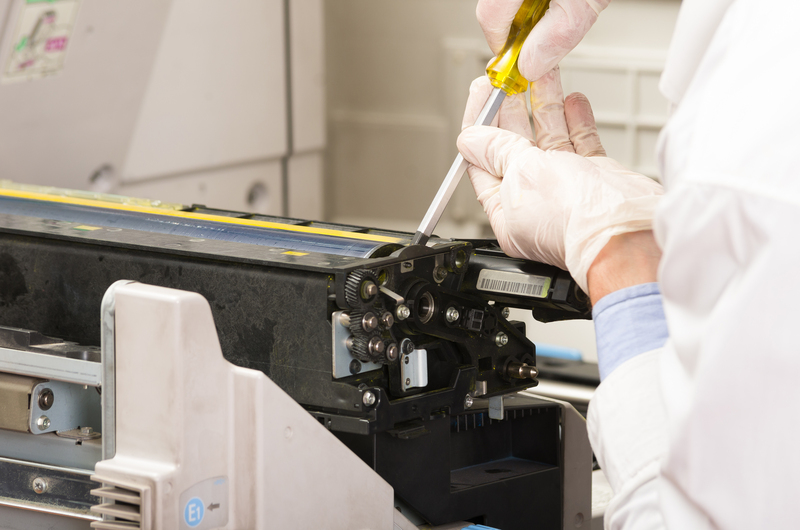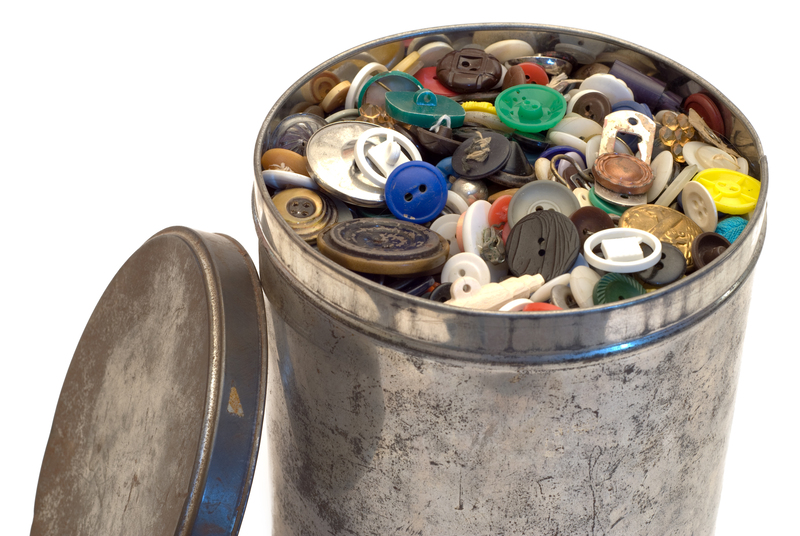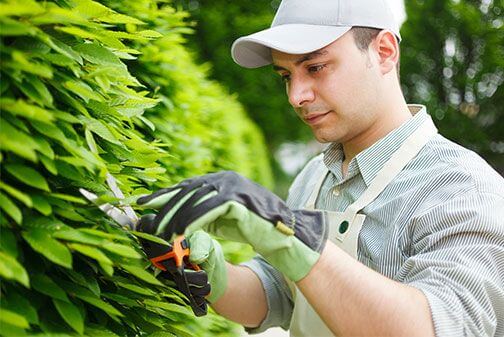Paper Recycling at Home: Six Easy Steps
Posted on 08/02/2025
Recycling paper at home is both an environmentally responsible and practical activity that can be easily integrated into your daily routine. By recycling paper, you reduce landfill waste, conserve natural resources, and support the environment. Below, we outline six easy steps to start recycling paper at home, along with some valuable tips, pros and cons, takeaways, and a conclusion.
Step 1: Gather Your Paper Waste
The first step to recycling paper is to gather all your paper waste. This can include newspapers, magazines, printer paper, mail, and even cardboard. Ensure that the paper is free from food residue, grease, or plastic coatings, as these can hinder the recycling process.

Step 2: Sort the Paper
Once you have collected your paper waste, the next step is to sort it. Separate paper into categories such as office paper, newspapers, cardboard, and mixed paper. Sorting paper helps in the recycling process and ensures that different types of paper are processed correctly.
Step 3: Shred Confidential Documents
Before recycling, shred any confidential documents such as bank statements or personal letters. Shredding ensures that your personal information is protected. While shredded paper can be recycled, some recycling centers may have specific instructions, so it's worth checking their guidelines.
Step 4: Store Paper in a Recycling Bin
Designate a bin specifically for paper recycling. Place your sorted and shredded paper into this bin. Make sure that the bin is kept dry and free from contamination by other waste materials. A well-maintained recycling bin will make it easier for recycling centers to process the paper.
Step 5: Check Local Recycling Guidelines
Different areas may have varying recycling guidelines, so it's essential to check with your local recycling center or municipality for specific instructions. Some centers accept mixed paper, while others prefer it to be separated. Knowing the guidelines ensures that your efforts to recycle are effective.
Step 6: Drop Off or Schedule a Pickup
Once you have collected and sorted your paper, drop it off at your local recycling center or arrange for a pickup if available. Some municipalities offer curbside recycling programs, making it even more convenient to recycle your paper waste.
Pros and Cons of Paper Recycling at Home
Recycling paper at home comes with its set of advantages and disadvantages.
- Pros:
- Reduces landfill waste
- Conserves natural resources
- Reduces energy consumption
- Promotes environmental sustainability
- Cons:
- Time and effort required to sort and store paper
- Inconvenience if local recycling programs are not available
- Potential contamination from non-recyclable materials
Tips for Successful Paper Recycling
- Always keep your recycling bin covered and away from moisture.
- Flatten cardboard to save space and make transportation easier.
- Avoid recycling paper with heavy ink or wax coatings, as these can complicate the recycling process.
- Educate your household members about the importance of paper recycling.

Takeaways
- Recycling paper at home is a straightforward process that anyone can follow.
- Sorting and storing paper correctly enhances the effectiveness of the recycling process.
- Being aware of local guidelines and programs can make paper recycling more convenient.
Conclusion
Recycling paper at home is a simple yet impactful way to contribute to environmental conservation. By following these six easy steps, you can effortlessly integrate paper recycling into your daily routine. While there are some minor challenges, the benefits far outweigh the inconveniences. Start recycling your paper today and make a positive difference for the planet.






